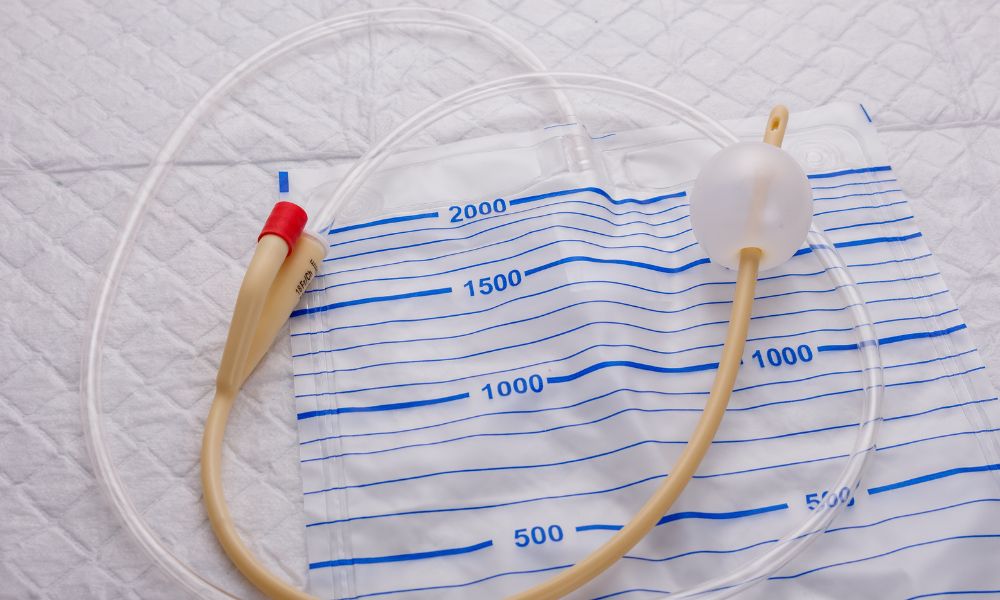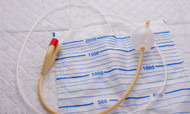Common Mistakes To Avoid When Using a Urinary Catheter
Posted by Jeanne Lowry on Jun 2nd 2023

When managing a urinary catheter, it’s important to practice proper usage and care in order to avoid common mistakes that could lead to infection or other uncomfortable complications. This is especially true for indwelling catheters. So, here are some of the most frequent errors people make when using a urinary catheter and how to prevent them.
Not Washing Hands Properly
Proper hygiene is essential when dealing with a urinary catheter, as it greatly reduces the risk of infection. Always remember to wash your hands thoroughly with soap and water before and after touching the catheter or its drainage bag. Additionally, make sure to avoid any contact between the opening of the bag and your skin, as this can transfer bacteria into or onto the catheter.
Wrong Catheter Bag Positioning
Another mistake to avoid when using a urinary catheter is placing the drainage bag either too high or too low, as this can cause issues with urine drainage and increase the risk of infection. The catheter bag should always be lower than the bladder, ensuring that the urine always flows downwards rather than back up. If you use a bedside bag, be sure to keep it off the floor, but don’t place it too high either; follow your doctor’s instructions for proper positioning.
Not Cleaning the Bag Properly
In order to guarantee a healthy catheter system and proper function, make sure to clean and maintain the drainage bag regularly according to the manufacturer’s guidelines. Don’t skip these essential steps, as they are necessary for preventing infections or obstructions in the catheter tubing. Additionally, if you see any signs of damage or discoloration on your catheter equipment, inform your doctor immediately.
Not Changing the Catheter Regularly
Something else you should avoid when using a urinary catheter is not changing it regularly. Depending on your physician’s recommendation, you may need to change your catheter every six weeks. You might need to do this more often if there are signs of infection or based on product guidelines. Follow your doctor’s instructions for how often you should replace the catheter, as this is an essential part of protecting your health.
By adhering to the proper usage and maintenance instructions for managing an indwelling urinary catheter, you can reduce your risk of infection and improve your overall comfort. Remember that effective catheter management begins with awareness, so stay informed and be proactive in taking care of yourself.

